How to Dry Pressure Treated Wood?
A complete guide on drying pressure-treated wood with all the nuances that come with this process
Pressure-treated wood is a great option for those who want to build a wooden deck or a fence that will be constantly exposed to elements and weather conditions like rains, snowfalls, etc.
Pressure-treated wood has a good feature of being resistant to all these external factors. However, it also has a downside. Quite often, when you buy pressure-treated wood, it is rather wet due to the specifics of the manufacturing process.
So many of you would like to know more about drying pressure-treated wood, and today we will satisfy your interest. We will tell you how to dry pressure-treated wood correctly and try to figure out how to speed up the drying of pressure treated wood.
Also, you will find out how long it takes for pressure-treated wood to dry. In addition, you will get a bunch of handy tips and life hacks regarding the amount of time needed for drying your pressure-treated wood.
Finally, you will learn what makes this type of lumber shrink and how this can be avoided.
How Pressure Treated Wood Can Be Dried?
If you have never used pressure-treated wood before, you might be wondering why it needs drying. See, this is because of the manufacturing process. When pressure-treated wood is made, it is soaked in a special solution.
Thanks to this solution, the lumber becomes moisture and insect resistant. However, it often happens that after being soaked, the wood ends up in a store without being dried.
So when you come to a store to buy pressure-treated wood, it will most likely be somewhat wet. There is dried pressure-treated wood in the market as well, but it usually costs a lot more, which is why people prefer buying a wet one.

So, how do you dry pressure-treated wood to make it ready for staining or painting?
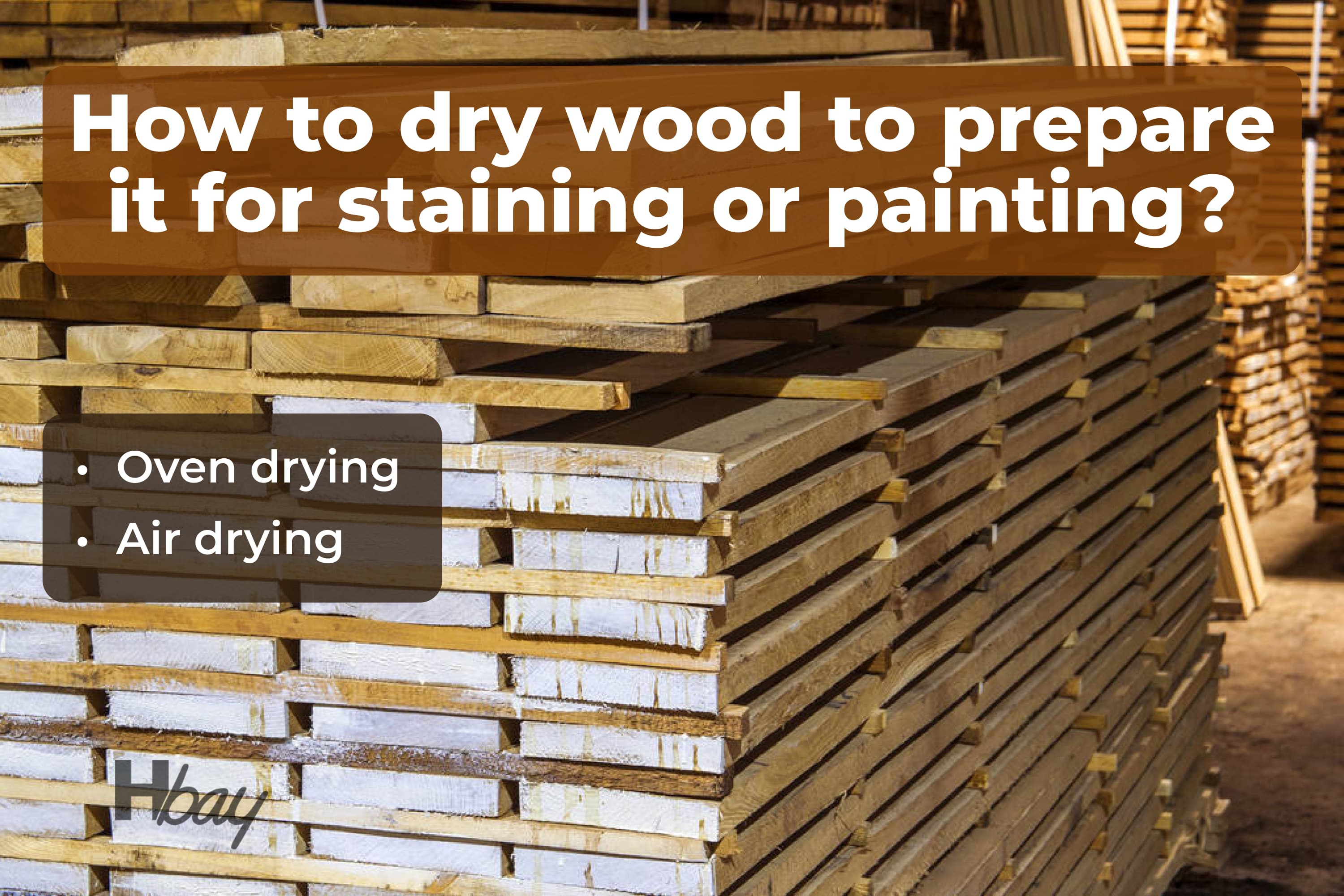
housekeepingbay.com
There are two major methods that can be used:
- Kiln-drying. It is the fastest and most reliable way. However, kiln drying requires a large kiln that can accommodate your wood. If you don’t have it, it is still possible to get your wood kiln-dried by finding a kiln-drying service
- Air-drying. Air drying means you let your pressure-treated wood dry by staying outside. It requires no special equipment so anyone can use the air-drying method. But the process can take quite a lot of time, depending on how moist your wood is
Both methods will successfully dry your pressure-treated wood, so in order to decide which drying method you will use, you should take such factors as time and budget into consideration. Below, we will explain in detail how each of these methods can be used.
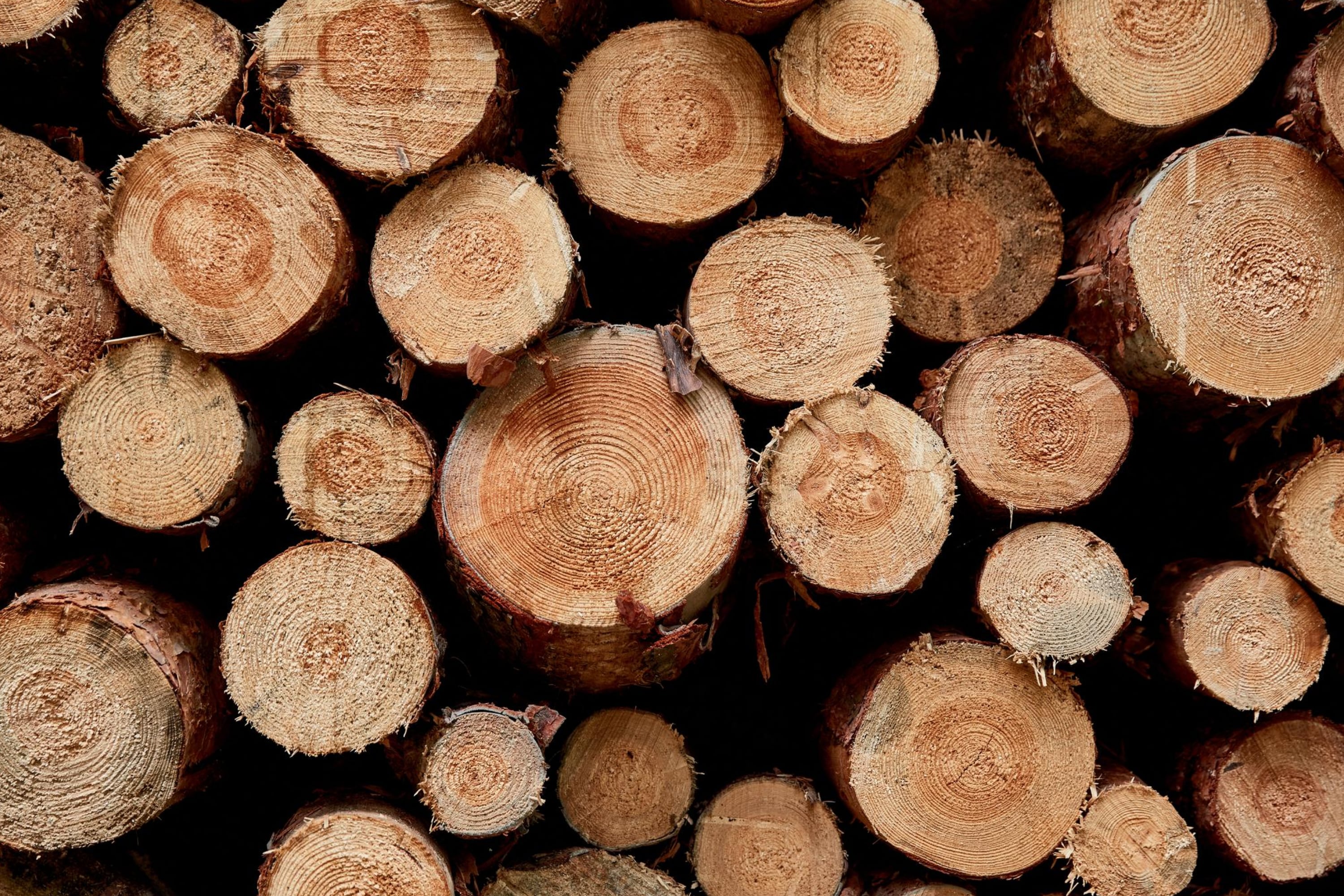
AlexGukBO via VistaCreate
Table of Contents
How to Kiln-Dry Your Pressure Treated Wood?
This method implies drying your pressure-treated wood in an enclosed environment where all the factors that are important for the drying process, such as temperature, humidity, and others are controlled.

Like that, it becomes possible to reach the desired level of moisture in the wood quickly enough without altering the quality of the lumber.
However, even though kiln-drying your pressure-treated wood takes less time and is more effective than air drying, this method has a significant downside.
It is rather expensive! To dry pressure-treated wood in a kiln, you either need to have your own kiln or buy pre-dried wood. As an option, you can also take your wood to the wood-drying service. But still, either way, you will have to pay quite a lot of money for the wood to be dried.
Let’s take a closer look at each of the kiln-drying options available.
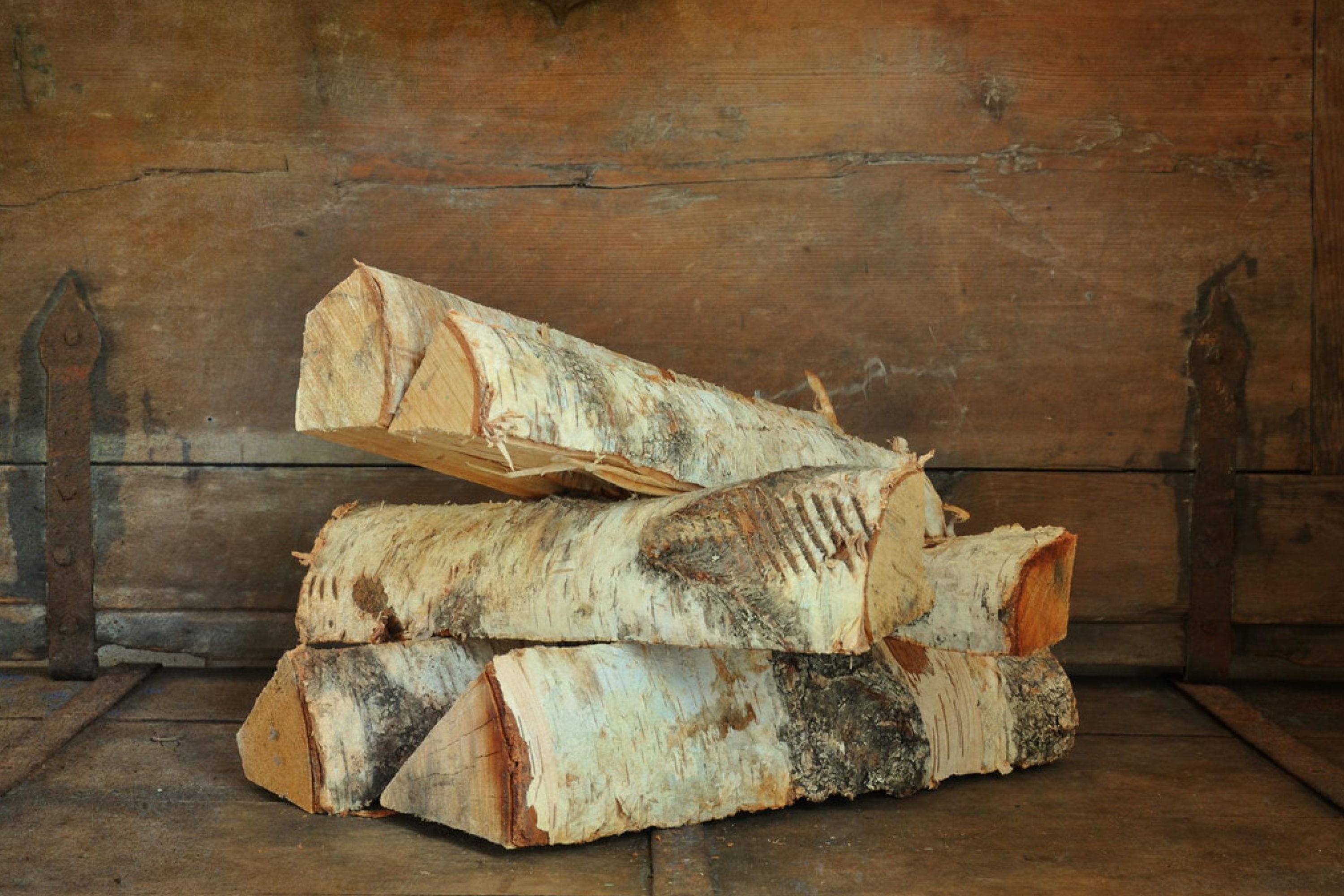
ankihoglund via VistaCreate
You Can Buy Kiln-Dried Pressure-Treated (KDAT) Wood
This is the simplest option since you don’t have to do anything except for going to the store and buy as much wood as you need. Yes, it’s going to be costly but at least, you will avoid the necessity of drying the lumber yourself!
In this case, pressure-treated wood is kiln-dried after it is pressure-treated.
Use a Kiln-Drying Service
Using a kiln-drying service allows you to dry your pressure-treated wood for a certain cost. This option can come in handy if you bought regular pressure-treated wood that requires drying. And just like with the kiln-drying method, this one also requires money from you.
But since you can find this service in most areas, this method is considered another easy and quick option should you need to dry pressure-treated wood as soon as possible.
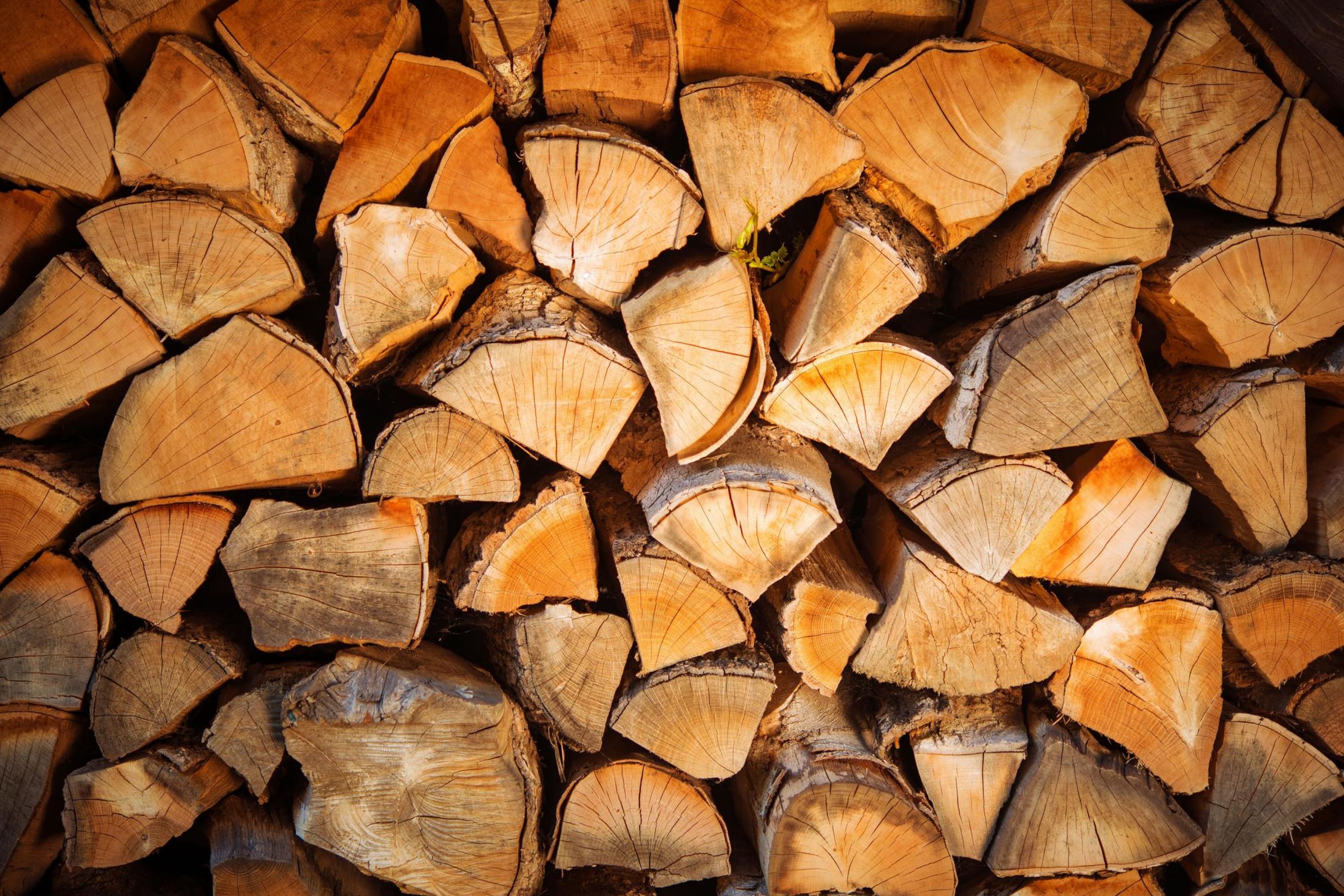
welcomia via VistaCreate
Buying a Kiln
On the one hand, buying a kiln is the most cost-effective way to dry pressure-treated wood, especially if you constantly find yourself having to dry it.
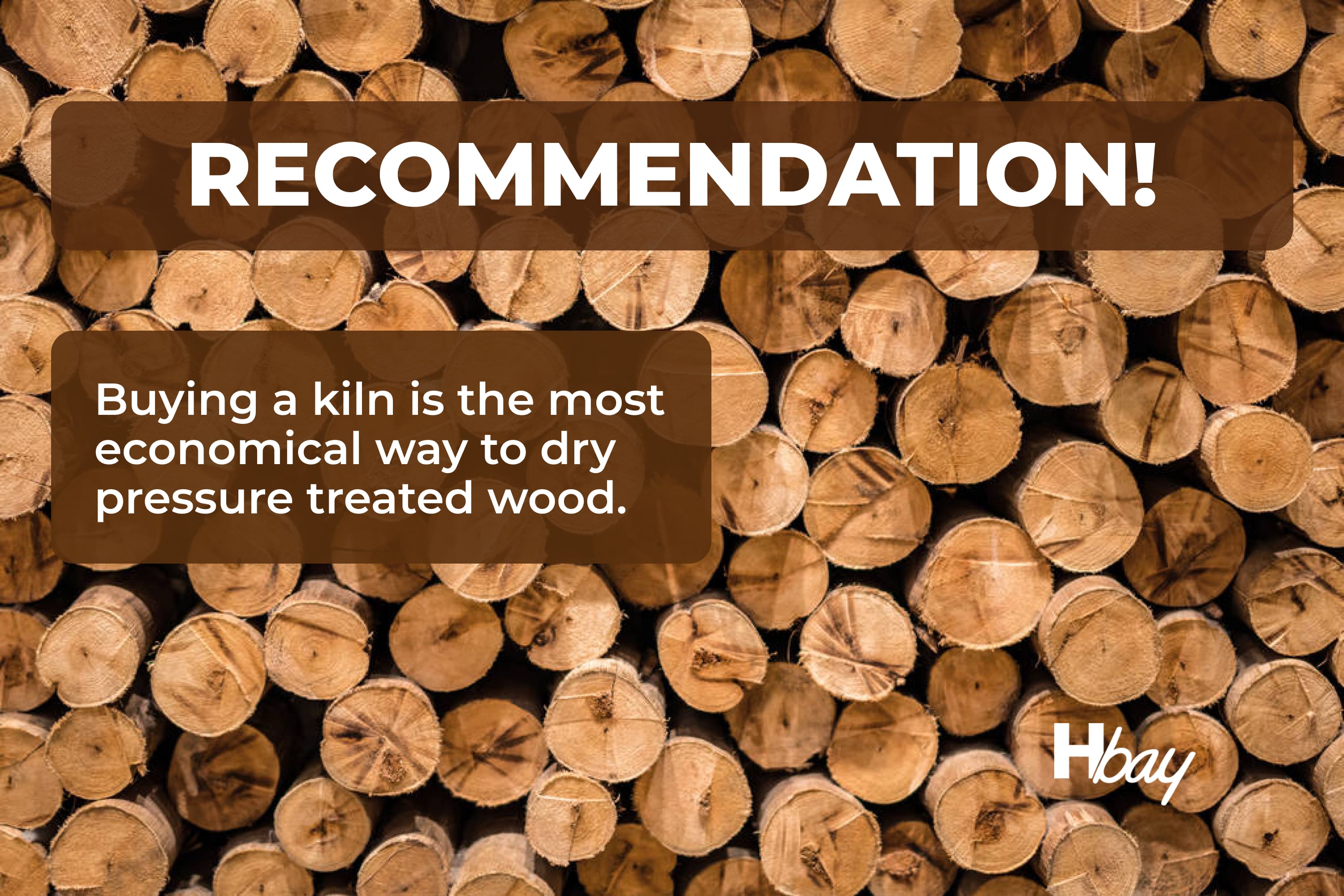
housekeepingbay.com
So getting your own drying appliance is a worthy investment in the long run. But a kiln is quite an expensive thing to buy! So make sure in advance that you will be able to make good use of it before proceeding.
You Might Want to Build a Kiln
Some people believe that building a kiln is something extremely difficult. But technically, with some effort and time, it is possible to build your own kiln and dry your pressure-treated wood in it. A kiln is nothing more than a closed environment where you can keep temperature and humidity under control.
And here is one more benefit this option has: compared to buying a kiln, building your own is going to be far more cost-effective! Besides, it allows you to fully customize things such as the size of the kiln and the energy source ituses.
Now that we figured out how things are with the option of drying your pressure-treated wood in a kiln, let’s move on to the next method, which is air drying. It also has certain pros and cons so you should be aware of them in advance.
How to Air Dry Pressure Treated Wood?
Compared to kiln-drying wood, air-drying can be considered much simpler. The concept of air-drying is simple: it is the process of drying wood by using airflow, with no additional heat sources used. Mother nature does everything you need by itself.
However, you should note that, while air-drying is cheaper than drying pressure-treated wood in a kiln, it is less quick.

housekeepingbay.com
To air-dry your pressure-treated wood, stack the boards on top of each other and leave them out to dry. However, you will need to make sure that the airflow is distributed equally since all parts of the wood need to dry evenly. Otherwise, if some parts of the wood are moister than others, the wood will warp and distort.
To achieve the best exposure to airflow, people often recommend stacking the boards in a criss-cross pattern, leaving some extra padding between the rows. Like that, all parts of the wood will be exposed to evenly distributed airflow.
Of course, you should not expect your wood to dry fast if you use this method. However, the speed of air-drying will depend on a few factors that might influence the amount of time needed for drying:
- How humid your pressure-treated wood is
- The temperature of the environment
In general, the process can take between a week and a few months! Besides, there is one more downside this method has: while it’s possible to air-dry pressure-treated wood, quite often many woodworking enthusiasts face warping issues.This usually happens because of the factors they can’t control.
This is why due to the possibility of warping and the amount of time air-drying your wood could take, we don’t recommend this method unless it’s a last resort solution.
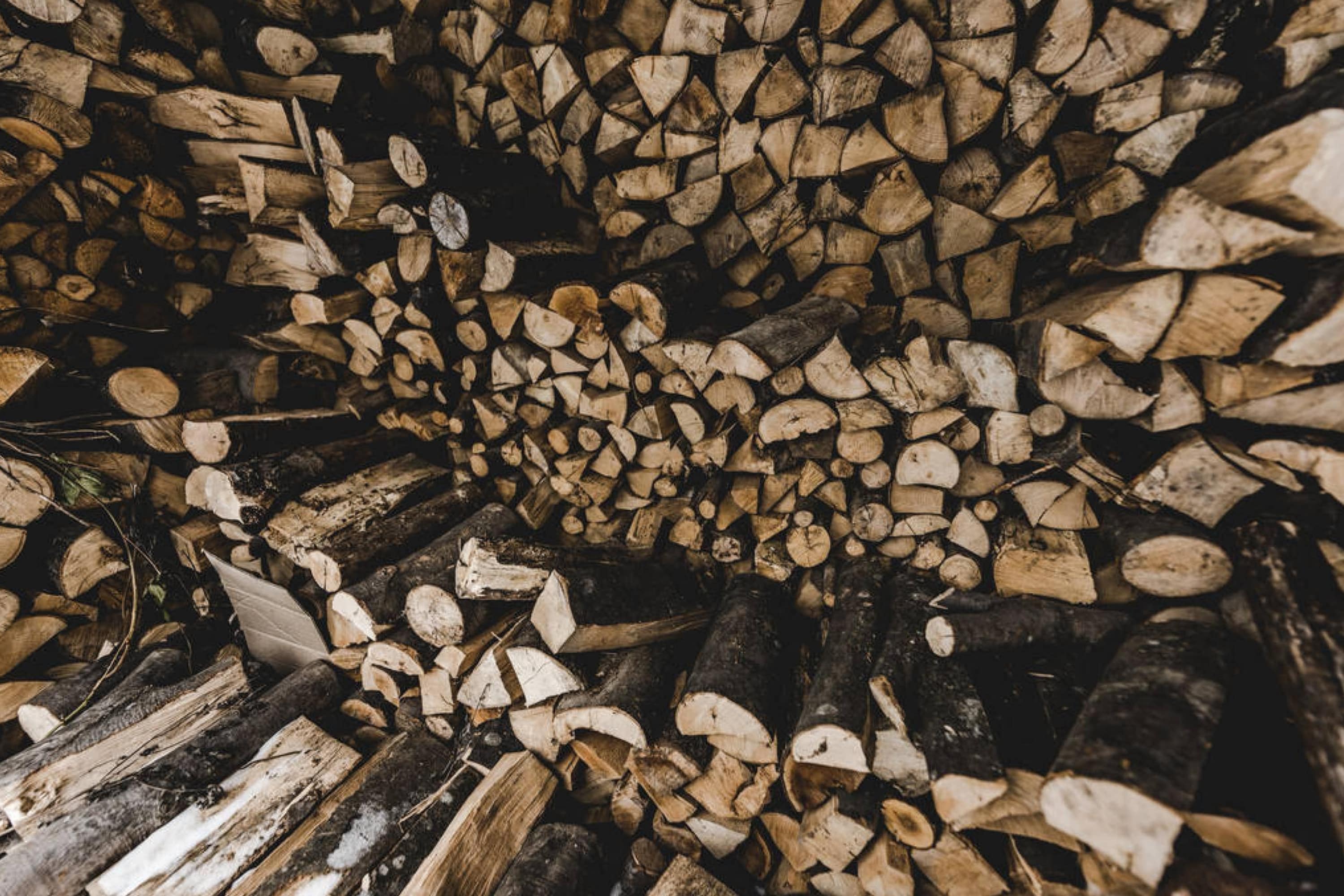
HayDmitriy via VistaCreate
How Long Does Pressure Treated Wood Take to Dry?
When you need to dry pressure-treated wood, you want to be aware of how long you will have to wait until it can be used.
In general, the shortest amount of time it takes to dry pressure-treated wood is often at least a month if you use either kiln or air-drying. The time frame might be shorter if the wood has already spent some time drying though.
At this point, you should keep in mind that pressure-treated wood dry time depends on several factors, such as
- The humidity of the wood
- The drying method you use
- The type of the wood
As a result, it’s simply impossible to say anything certain and give one answer to this question! You should know all the factors that may affect the time needed for drying.
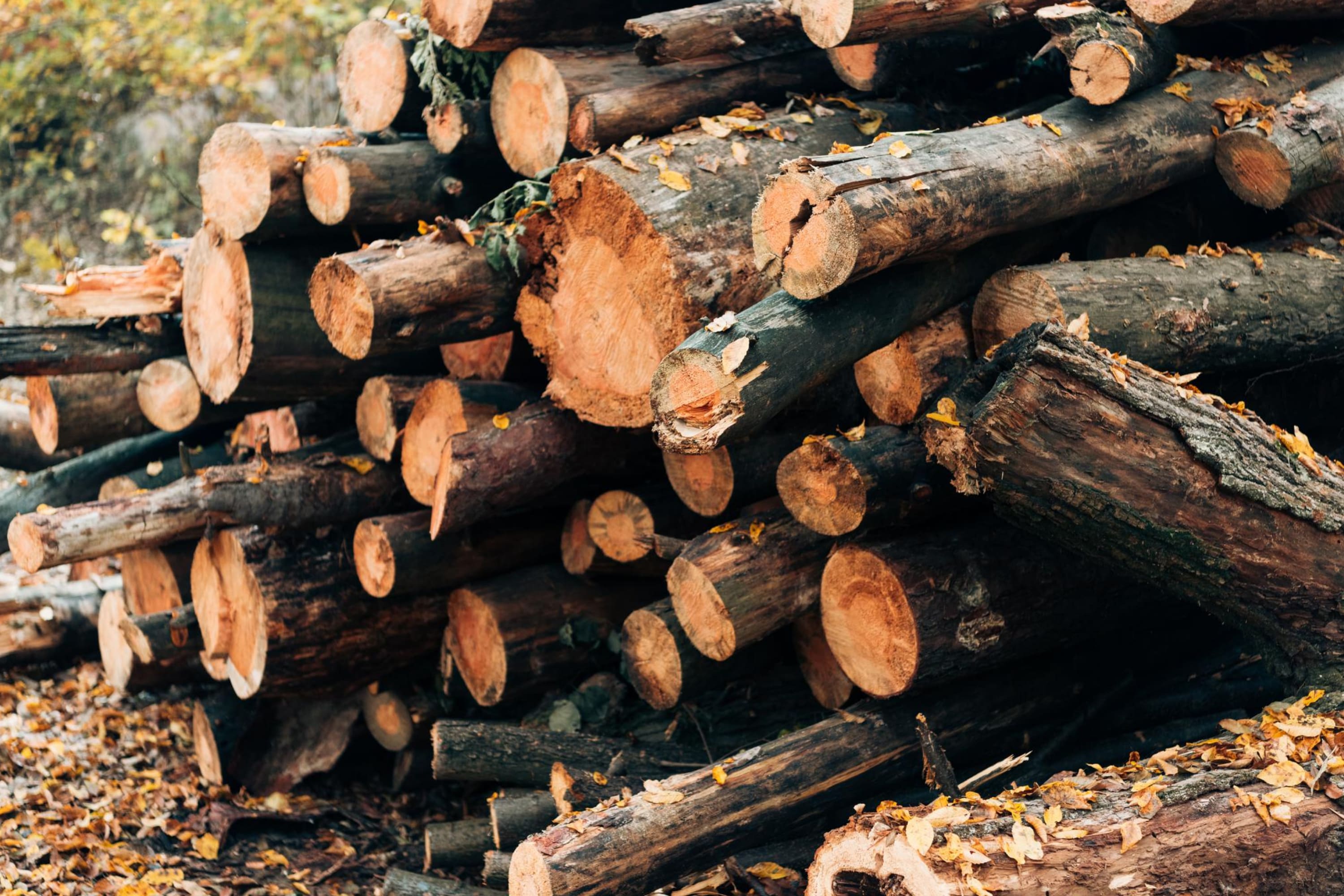
MicEnin via VistaCreate
How to Keep Pressure Treated Wood From Warping While Storing It?
Everyone who used pressure-treated wood at least once always wonder how to keep treated lumber from warping since this is one of the most common problems with this material.
For those who don’t know what warping is, wood warping is a kind of wood deformity. It usually occurs when the moisture content of different parts of a piece of wood changes unevenly.
For example, when one part of a board dries faster than another, the drier part shrinks. This shrinkage causes stress, which changes the shape of the wood.
There are several types of wood warping depending on the cause. If you understand the ways wood warps, it will help you spot any potential problems occurring while storing your pressure-treated wood:
This is why, in order to avoid any of these distortions, you should store pressure-treated wood correctly:
- All boards in a stack should be of uniform thickness
- Stickers should lie flat and be aligned vertically
- Place lumber piles on a flat foundation
- To prevent cupping, place heavy weights on a stacked lumber pile
- For proper ventilation, space the material so all surfaces are exposed to the air
Finally, always make sure that you store your lumber in a clean, cool, shaded, and dry place. If you have to store wood in a place with high humidity (which is 80 percent or more), keep it wrapped in material that is impermeable to vapor.
Like that, now you know how to dry pressure-treated wood. We told you about the methods that can be used for this purpose and you also learned what specifics and nuances each of these approaches have.
In addition, we told you how much time pressure-treated wood typically needs to dry and what could be done to avoid any distortions in boards while storing them. You even figured out what kinds of wood distortions there are!
With all this in mind, you will now be able to decide which method of drying your pressure-treated wood would be better and why. And also, you will be able to avoid any problems with the wood during the drying process thanks to the life hacks we shared with you today.
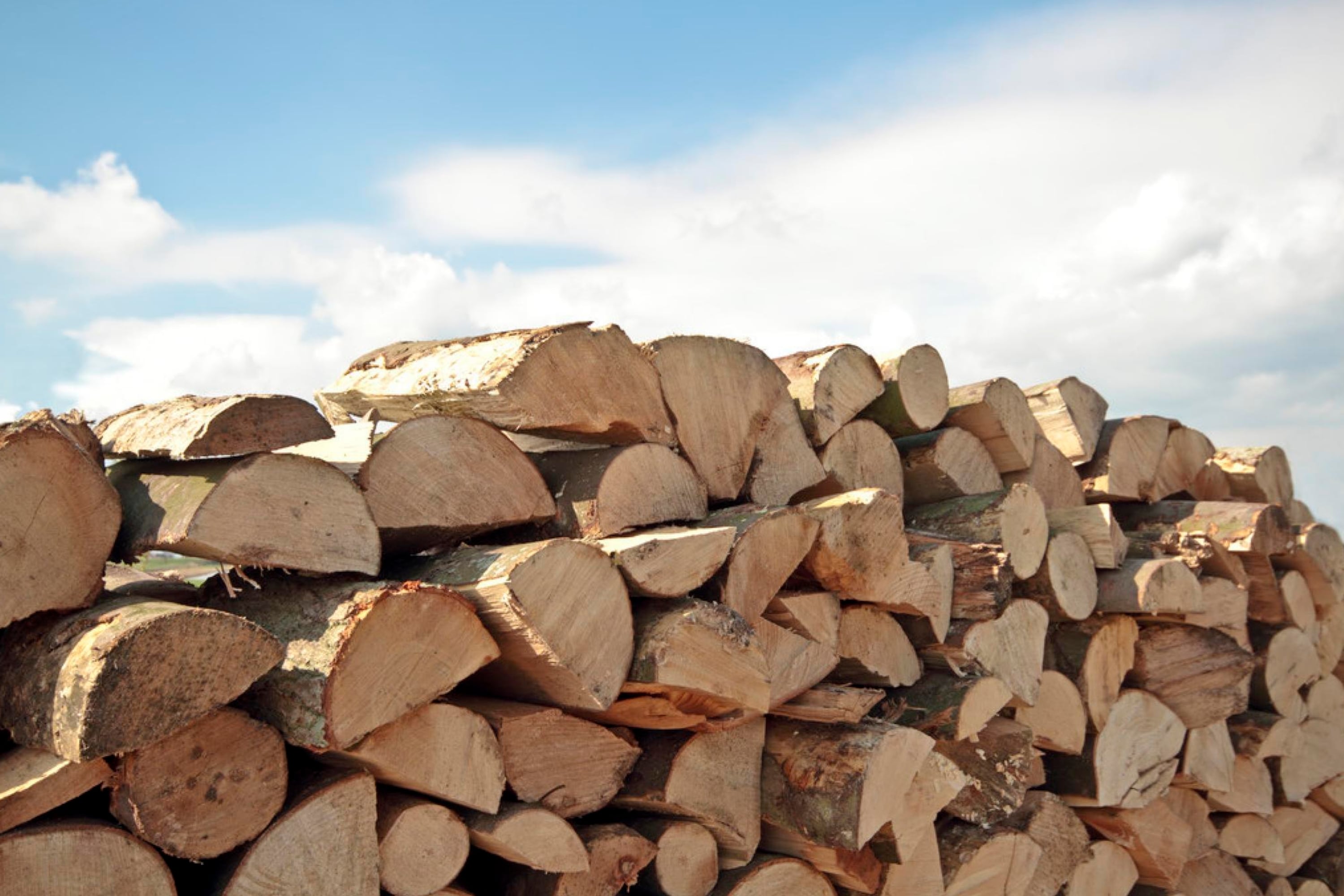
released via VistaCreate
Ever wished paint sampling was as easy as sticking a sticker? Guess what? Now it is! Discover Samplize's unique Peel & Stick samples. Get started now and say goodbye to the old messy way!
Get paint samples




Frequently Asked Questions
⭐Does pressure treated wood warp?
Yes, it can warp. It depends on how evenly humidity is distributed in the boards, as well as on the type of wood.
⭐Can pressure treated wood get wet?
Yes, it can. While the chemicals in pressure treated lumber prevent rot, they don't prevent moisture from seeping into the wood.
⭐How long to let pressure treated wood dry before staining?
Usually, you should allow the wood to dry 24 hours at least before applying stain.
3 thoughts on “How to Dry Pressure Treated Wood?”
Leave a Reply

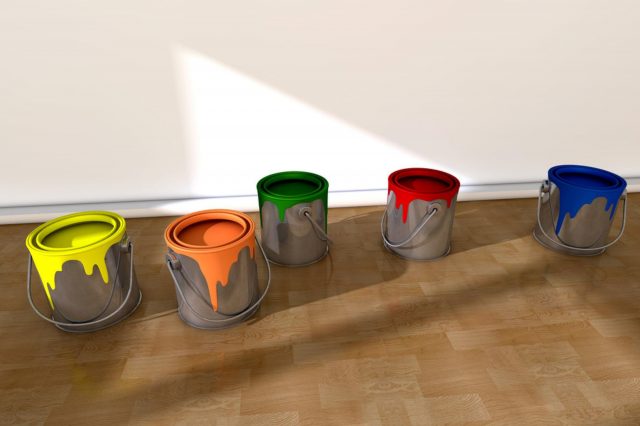
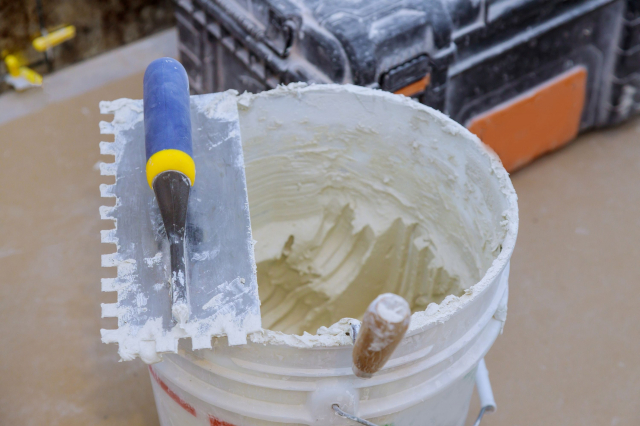
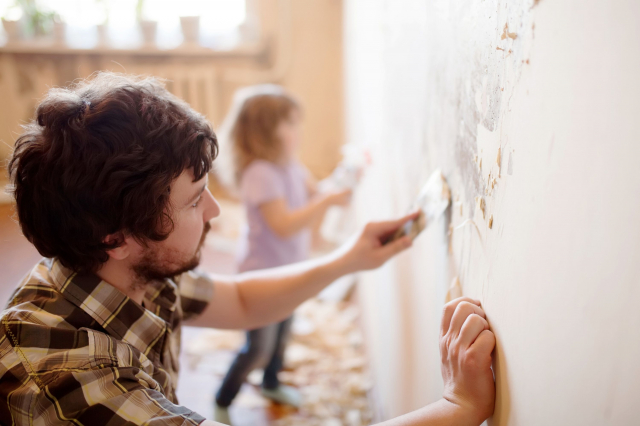




What exactly makes pressure treated wood shrink? I heard many times how people buy PT wood, store it, and then the boards turn out to be shrinked.
What happens if you paint pressure treated wood too soon? We are going to dry it soon but I’m afraid there might still be some moisture inside after the process…
If you paint the pressure-treated wood too soon, the paint won’t stick to the surface of the wood properly. As a result, the wood will look not quite good and the paint will most likely wear out very quickly. After drying, there should be no moisture left unless you air-dry the wood. This is why I’d recommend kiln-drying or taking your wood to the drying service. It’s more expensive but more reliable.